Powdery mildew: what disease is it? How to identify it? How to treat and prevent it?
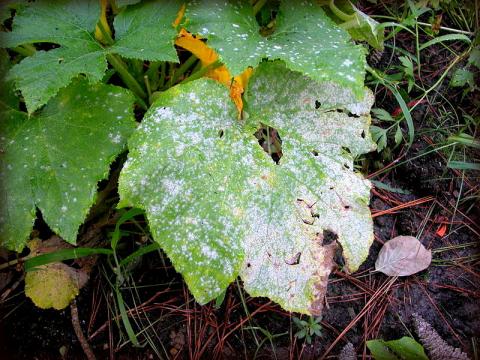
What is powdery mildew?
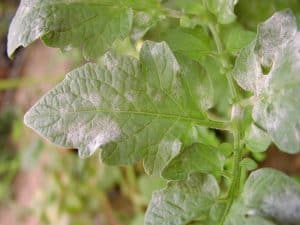 Powdery mildew (Sphaerotheca fuliginea) is one of the most common diseases during the summer. Rains and high temperatures create a favorable environment for the appearance of this fungus.
Powdery mildew (Sphaerotheca fuliginea) is one of the most common diseases during the summer. Rains and high temperatures create a favorable environment for the appearance of this fungus.
Powdery mildew or ash is a parasitic fungus of the Erysifaceae family that attacks the aerial parts of plants. Usually, the wind is in charge of transporting powdery mildew spores and dispersing the disease.
Weeds, crop debris, and even other crops are the sources of inoculum. Its appearance is due to various factors, such as the weather, the environment and even the subscriber.
Fertilizers with excess nitrogen are more likely to host the disease. Likewise, low light conditions and excess humidity are decisive. The latter is an important variable for its development; a high degree of humidity guarantees the survival of the fungus.
Its optimum proliferation temperature varies between 10 and 35°C and the optimum relative humidity is 70%. Its propagation is favored by cuts and wounds in the fruits.
How to identify it?
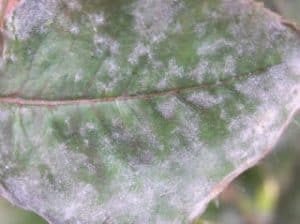 The main symptom of the presence of powdery mildew is that the leaves are covered with blisters. Then with a white cottony layer in the shape of a star.
The main symptom of the presence of powdery mildew is that the leaves are covered with blisters. Then with a white cottony layer in the shape of a star.
This whitish layer is made up of thousands of spores that the fungus itself has produced during its development and is usually found on the upper surface of the leaves.
Sometimes it also shows on the underside, so it can sometimes go unnoticed. Powdery mildew also affects stems and fruits. In a strong attack the leaves turn yellow and then dry.
In tomato crops, powdery mildew produces yellow spots on the upper surface of the leaf. These quickly become necrotic in the center.
What plants can be affected by powdery mildew?
 It affects all kinds of plants, with cucurbits (melons, pumpkins, cucumbers, watermelons, tomatoes, aubergines, etc.) being very susceptible to contracting it.
It affects all kinds of plants, with cucurbits (melons, pumpkins, cucumbers, watermelons, tomatoes, aubergines, etc.) being very susceptible to contracting it.
It also affects ornamental plants such as rose bushes, carnations, chrysanthemums or begonias, among others. Among fruit trees, the most affected by powdery mildew are apple trees, plum trees and apricots.
Some weak varieties of mint can also be affected. Other crops affected are sunflower, tomato , strawberry, grapevine, potato, chard, beet and pepper. Also some cereals such as wheat, oats, barley and rye.
How to combat mildew?
Some recommendations to combat mildew are:
- To prevent its appearance, it is recommended to keep the crops clean of weeds and crop debris. Another effective form of prevention is crop rotation.
- It is also recommended to avoid substrates with excess nitrogen.
- It should be sown in substrates with good drainage. You can also consider a drip irrigation system.
- Increase the temperature of the greenhouse or crop and favor its ventilation.
- Use of healthy seedlings.
- Horsetail extract or dusted sulfur can be applied.
- As its propagation is favored by wounds in the fruits, it is recommended not to touch sensitive plants when they are wet.
- In strong attacks it is convenient to eliminate and destroy the affected leaves.
- We can control powdery mildew by sprinkling sulfur on the affected area. Sulfur is fatal to powdery mildew, but advice should be sought to ensure safe control.
How to prevent mildew?
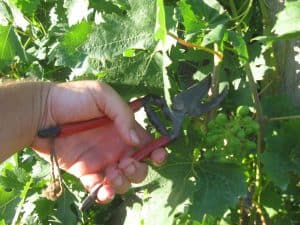 To prevent the presence of the ear, it is recommended to sow in sunny and well-ventilated places. Preferably, with little foliage or enough distance between one plant and another to favor the passage of air.
To prevent the presence of the ear, it is recommended to sow in sunny and well-ventilated places. Preferably, with little foliage or enough distance between one plant and another to favor the passage of air.
Thinning and pruning facilitate crop ventilation and are an effective way of preventing the disease.
In addition, to improve the drainage of the substrate you can apply various techniques, for example:
- Create slopes or mounds so that water runs off to one side.
- Install gutters to make it easier to collect water.
- Ridge crops are an effective control measure for this pathogen.
- At planting time, add a good amount of mulch, compost or manure to aerate the soil. If you also add river sand and mix it well with the soil, the result will be favorable.
- In extreme cases, it is best to install a network of drainage pipes.
Finally, remember to wash your hands well before and after handling your crops. Also try to keep your equipment clean to avoid and prevent possible infestations.
Bibliography and references
- Ames de Icochea, Teresa. (1997). Fungal and bacterial diseases of Andean roots and tubers. International Potato Center. Lima Peru.
- Buczacki, Stefan. (1999). Pests and diseases of garden plants. Akal Editions. Madrid Spain.
- Jacas Miret, Josep Anto. (2005). Biological control of pests and diseases. Publications of the University Jaime I. Castellón-Spain.
- Czech, Oscar; Rodriguez, Marino. (2015). Resistance to powdery mildew (Erysiphe polygoni) and yield in sharpshooter pea (Pisum sativum L.). Agrarian Issues Magazine. University of Cordoba. Cordoba-Colombia. Reproduced from: https://repositorio.unicordoba.edu.co/bitstream/handle/ucordoba/358/759-1402-1-SM.pdf?sequence=1&isAllowed=y
- Lucero, G.; Pizzuolo, P.; Lucero, H. (2006). First record of Sawadaea bicornis (Wallr.) Miyabe, the cause of powdery mildew on acer in the province of Mendoza, Argentina. RIA (Journal of Agricultural Research). National Institute of Agricultural Technology. Buenos Aires, Argentina. Reproduced from: http://www.redalyc.org/articulo.oa?id=86435308

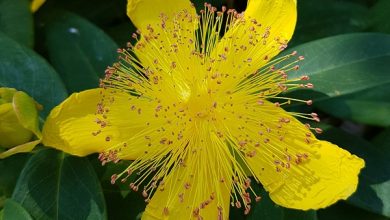

![Photo of Plant an Almond Tree Step by Step: [Care, Dates, Irrigation and Pruning]](https://www.complete-gardening.com/wp-content/uploads/2022/08/plant-an-almond-tree-step-by-step-care-dates-irrigation-and-pruning-390x220.jpg)
![Photo of Weevil: [Characteristics, Detection, Effects and Treatment]](https://www.complete-gardening.com/wp-content/uploads/2022/08/weevil-characteristics-detection-effects-and-treatment-390x220.jpg)